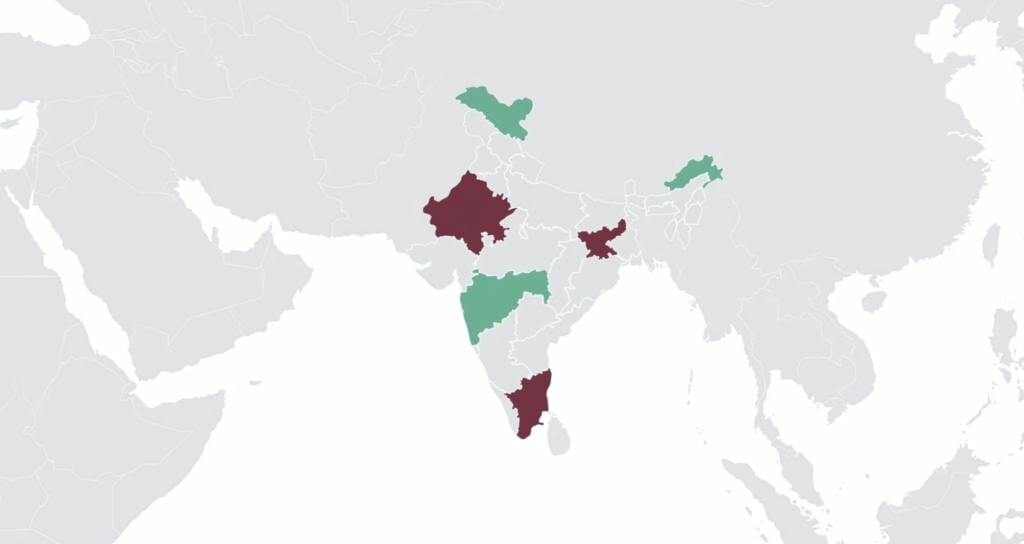As sustainability becomes a growing concern for businesses and consumers, packaging materials are under scrutiny. Among these, BOPP woven bags have gained popularity for their strength, printability, and versatility. But how eco-friendly are they? In this article, we dive into the environmental impact of BOPP woven bags, comparing their recyclable and reusable aspects to help you make an informed, sustainable choice.
What Are BOPP Woven Bags?
BOPP stands for Biaxially Oriented Polypropylene—a durable plastic film laminated onto woven polypropylene fabric. The result is a high-strength, tear-resistant bag widely used in industries such as:
-
Agriculture (fertilizers, grains, seeds)
-
Food packaging (rice, flour, sugar)
-
Animal feed and pet food
-
Retail and promotional merchandise
These bags are known for their vibrant graphics, moisture resistance, and load-bearing capacity.
Recyclable vs. Reusable: What’s the Difference?
Before diving into the environmental analysis, it’s essential to distinguish between recyclable and reusable:
-
Recyclable bags can be processed and turned into raw material for new products.
-
Reusable bags are designed to be used multiple times before disposal.
Both qualities contribute to sustainability but in different ways. Let’s analyze how BOPP woven bags measure up on each front.
The Environmental Impact of Recyclable BOPP Woven Bags
Are BOPP Woven Bags Recyclable?
Yes—but with conditions. BOPP woven bags are technically recyclable, but their recyclability depends on:
-
Local recycling facilities: Not all centers are equipped to handle multi-layer plastic-laminated materials.
-
Cleanliness: Bags contaminated with food or chemicals are harder to recycle.
-
Separation of materials: Laminated layers must often be separated before recycling, which adds complexity.
Benefits of Recycling BOPP Bags
-
Reduces landfill waste: Diverts plastic waste from landfills, where it could take centuries to degrade.
-
Conserves resources: Lessens demand for virgin polypropylene.
-
Decreases carbon footprint: Manufacturing recycled PP uses less energy than producing new plastic.
Challenges to Recycling
-
Lack of standardization in recycling programs.
-
Contamination issues reduce recyclability rates.
-
Downcycling risk: Often, recycled BOPP becomes lower-grade plastic, limiting further reuse.
The Environmental Benefits of Reusable BOPP Woven Bags
Durability Means Reusability
BOPP woven bags are exceptionally durable, making them ideal for multiple uses. Unlike single-use plastic bags, these bags can last through dozens or even hundreds of uses, depending on handling.
Why Reusability Matters
Reusability leads to a significant reduction in total waste output and raw material consumption. Even if a BOPP woven bag is not recycled, its extended lifespan delays its journey to the landfill.
Key Environmental Advantages
-
Lower lifecycle emissions: When used repeatedly, the environmental cost per use drops dramatically.
-
Reduced production demand: Fewer bags are needed overall, lowering resource extraction and manufacturing pollution.
-
Encourages sustainable consumer behavior: Reusable products shift consumer habits toward long-term thinking.
Recyclable vs. Reusable: Comparative Analysis
| Feature | Recyclable BOPP Bags | Reusable BOPP Bags |
|---|---|---|
| End-of-life value | Can be recycled into new materials | May be repurposed or recycled after long use |
| Environmental footprint | Medium (if properly recycled) | Low (with multiple uses) |
| Consumer behavior required | Proper disposal in recycling stream | Commitment to reuse |
| Infrastructure needed | Specialized recycling facilities | None beyond initial purchase |
| Sustainability score | 6/10 (context dependent) | 9/10 (with consistent reuse) |
Which Option Is Better for the Environment?
While recycling is an important part of waste management, reusability offers a higher and more consistent environmental return when it comes to BOPP woven bags. Here’s why:
-
Recycling is reactive, dealing with waste after it’s created.
-
Reusability is proactive, preventing waste in the first place.
In most scenarios, choosing to reuse BOPP bags significantly reduces carbon emissions, conserves energy, and limits landfill overflow.
How to Maximize the Sustainability of BOPP Woven Bags
For Consumers
-
Reuse bags as often as possible: For shopping, storage, or even as gift bags.
-
Clean and store properly: Prevent mold or odor so the bags last longer.
-
Recycle correctly: Check with local recycling programs if they accept BOPP bags.
For Businesses
-
Offer incentives for bag reuse: Encourage customers to bring their own BOPP bags.
-
Design for longevity: Choose high-quality bags with reinforced stitching.
-
Educate users: Include disposal and reuse instructions on the bag itself.
Innovations in Sustainable BOPP Packaging
Manufacturers are working on making BOPP bags more eco-friendly, such as:
-
Mono-material BOPP bags: Easier to recycle due to single-layer construction.
-
Bio-based polypropylene: Reduces reliance on fossil fuels.
-
Take-back programs: Some companies now collect used bags for proper recycling or reuse.
These advances aim to bridge the gap between recyclability and reusability.
Read More :- Baheti Group’s Sustainable BOPP Bags: Reducing Carbon Footprint
Conclusion: Choose Reusability First, Recyclability Second
When evaluating the environmental impact of BOPP woven bags, reusability emerges as the stronger sustainability strategy. While recycling has its place, the challenges around infrastructure and contamination limit its effectiveness. On the other hand, reusing BOPP bags multiple times dramatically reduces waste and conserves natural resources.
Bottom line: If you’re looking to reduce your environmental footprint, choose high-quality BOPP woven bags—and use them again and again.
FAQs
Are BOPP bags biodegradable?
No. BOPP bags are made of plastic and do not biodegrade. However, they can be reused or recycled.
Can BOPP woven bags be recycled at home?
Not typically. These bags usually require specialized facilities. Check with your local recycling center.
How many times can a BOPP woven bag be reused?
With proper care, a BOPP woven bag can be reused 50 to 100 times or more.
Are BOPP woven bags better than jute or cotton bags?
Each material has its pros and cons. BOPP bags are more moisture-resistant and durable, while jute and cotton are biodegradable but may have a higher initial environmental cost.


